We admit that we do a lot of work with foamies here at Flite Test. That doesn't mean we don't love a good balsa wood flyer and the Great Planes P-6E Hawk is just that!
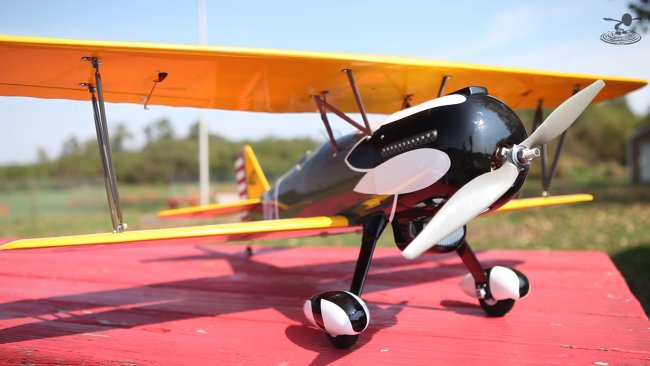
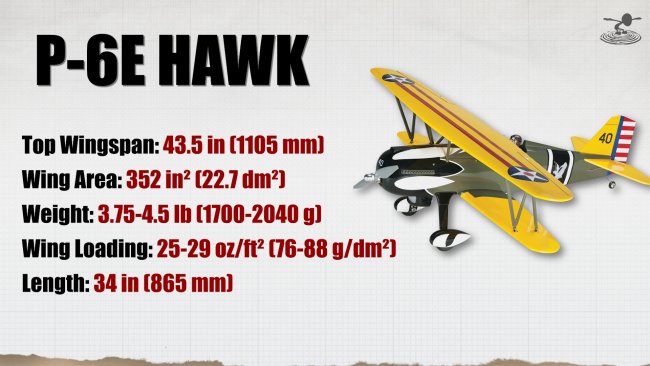

After Flite Fest this year, a few members of North Canton R/C Hawks stopped by the shop and gifted us memberships to their flying field!
We took the opportunity to shoot this review there and they have quite an amazing space. Thanks to them again for the memberships and allowing us to take over the field for a few hours.
You can check them out at: ncrchawks.com
They are a wonderful group of extremely talented pilots. Thanks again guys!
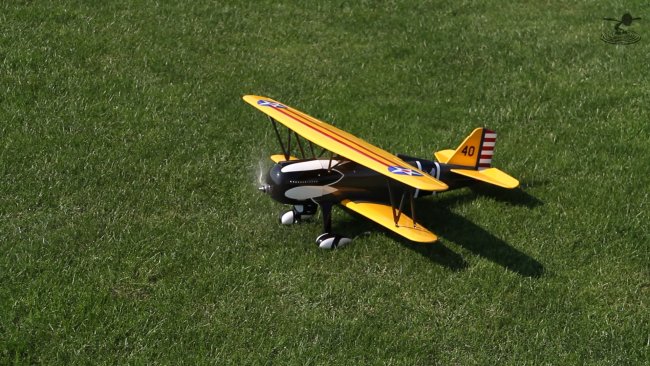
Peter put this together and says the build experience was slightly above average in terms of difficulty. One blind nut in the wing fell through durring assembly and the lock nuts on the wheel pants do not reach the threaded portion.
Other than that, the build was pretty straight forward.

One annoyance is the way you access the battery compartment. Either you'll have to:
A) Remove the top wing everytime you need to change your battery.
or
B) Have really small hands
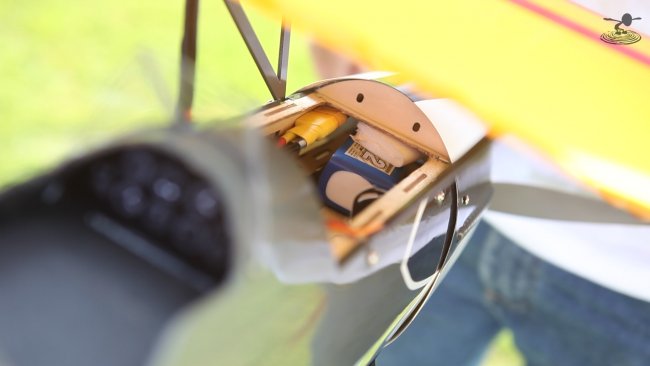
It was really difficult to get the velcro strap around the lipo so we ended up wedging a piece of foam between the battery and the nose to keep it from moving around.
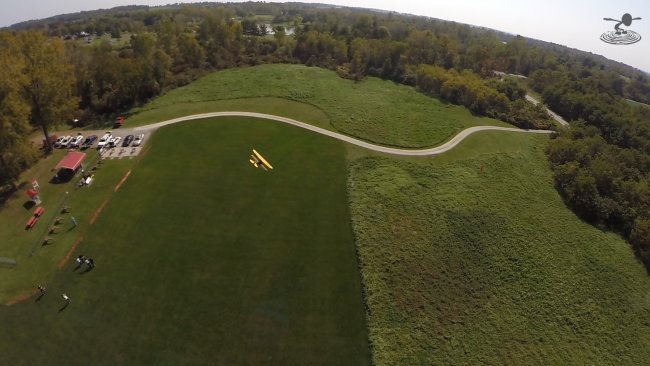
This warbird is definitely for the experienced to intermediate pilot. It flies extremely scale with a preference for coordinated turns; no bank and yank with this.
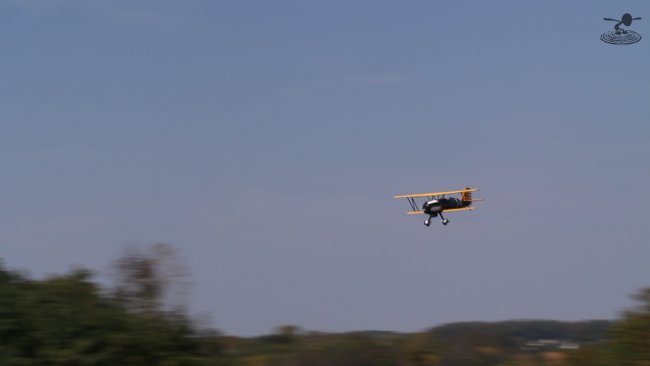
This is, surprisingly, not a slow plane. Obviously, the motor you choose to put in it will determine it's max speed, but if you want to set that bar high this will be able to take it.
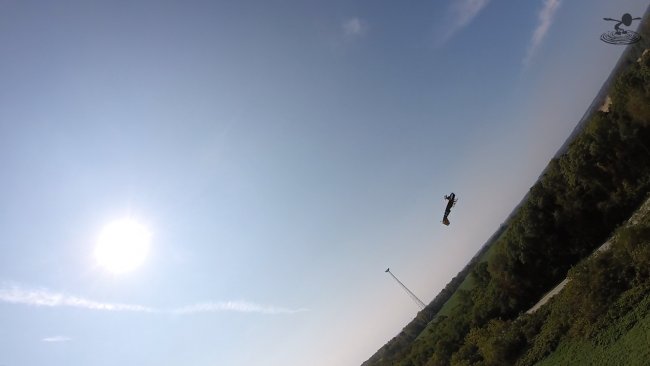
As much as we wanted to fly this inverted, it wasn't very happy upside down. Loops and rolls are still possible.
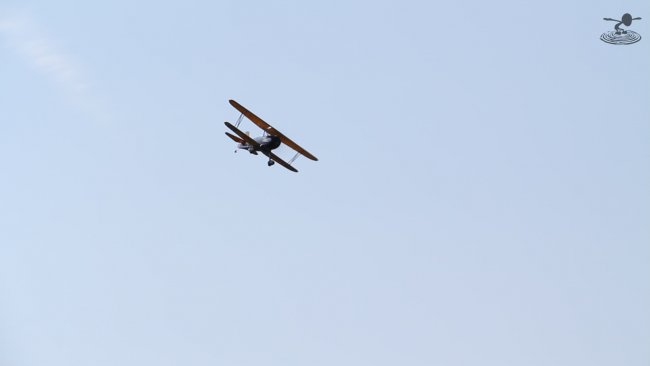
Overall we were extremely happy with this plane. It looks amazing in the air, flies super scale, and it can actually take quite a beating.
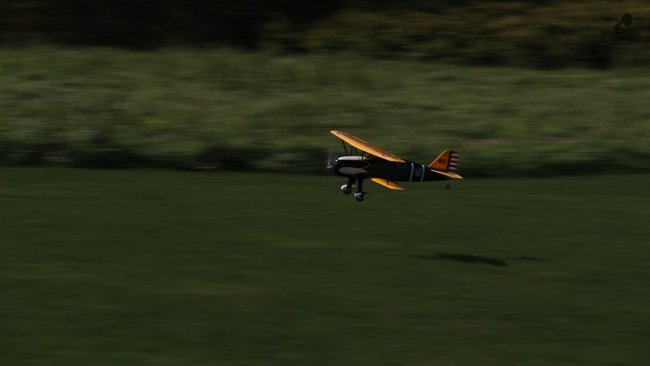
The landing gear is very close to the CG and the grass at the field was just long enough to catch the wheel pants.
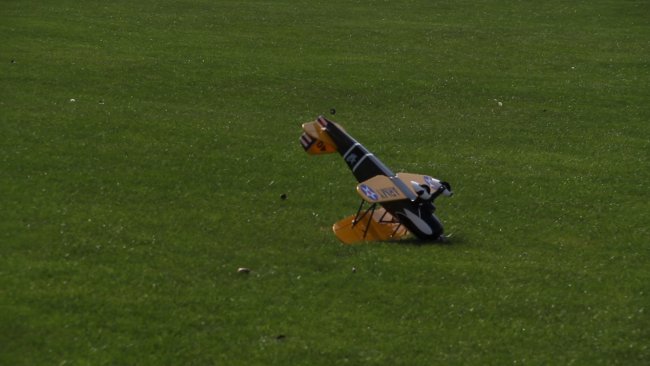
Let's just say we flipped this thing on it's back enough times that it shouldn't be in one piece, but it held together like a champ.
What other kind of warbirds would you want to see us review? Let us know in the comments!











Log In to reply
Log In to reply
Log In to reply
Log In to reply
Log In to reply
In slopesoaring you constantly have to adjust trim on the elevator or on wing pitch if you have it to adapt to the wind as it changes. Ideally you would adjust the position of the battery to change the CG point to penetrate better or float better, but that intails landing first. I had this idea of mounting the battery on a sliding "cart" inside the fuselage, much like the old mechanical V-Tail mechanism before mixes were around, all controlled by a servo, and with a pot adjusting the CG in flight depending on what you need to do at that particular moment.
Now, if you did the same on the battery of this plane (hard, I know, as there isn't much room, but Pete likes a challenge), so that once it's touched down you adjust the CG back to make it tail heavy, the tail would be less likely to flip up, no?
Just a crazy idea.
Log In to reply